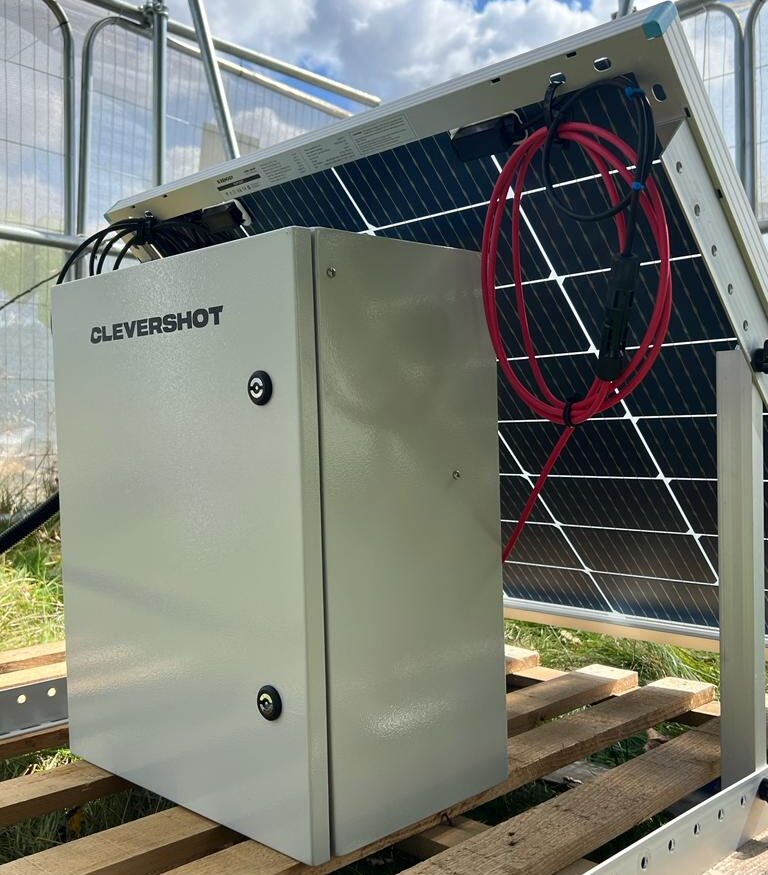
Your networking hardware and 12V battery are housed in a Steel Cabinet, this is all pre-built by Burgess Technologies. On site, you simply connect the battery and solar panel, a quick install that can be completed in under 60 minutes.
FIRST - VERIFY
NO POWER SOURCE
Just a few points first on power, with the powered system we build, it’s only our 4G box that needs to be near power, the camera can be situated some distance away. The camera connects back to the 4G box and powers from a data cable, so the camera can be up to 300 feet away from the power source. Are there site cabins available? These usually have power, and our time-lapse cameras can also run off generators. If now power is available to tap into, you need our solar powered time lapse camera.
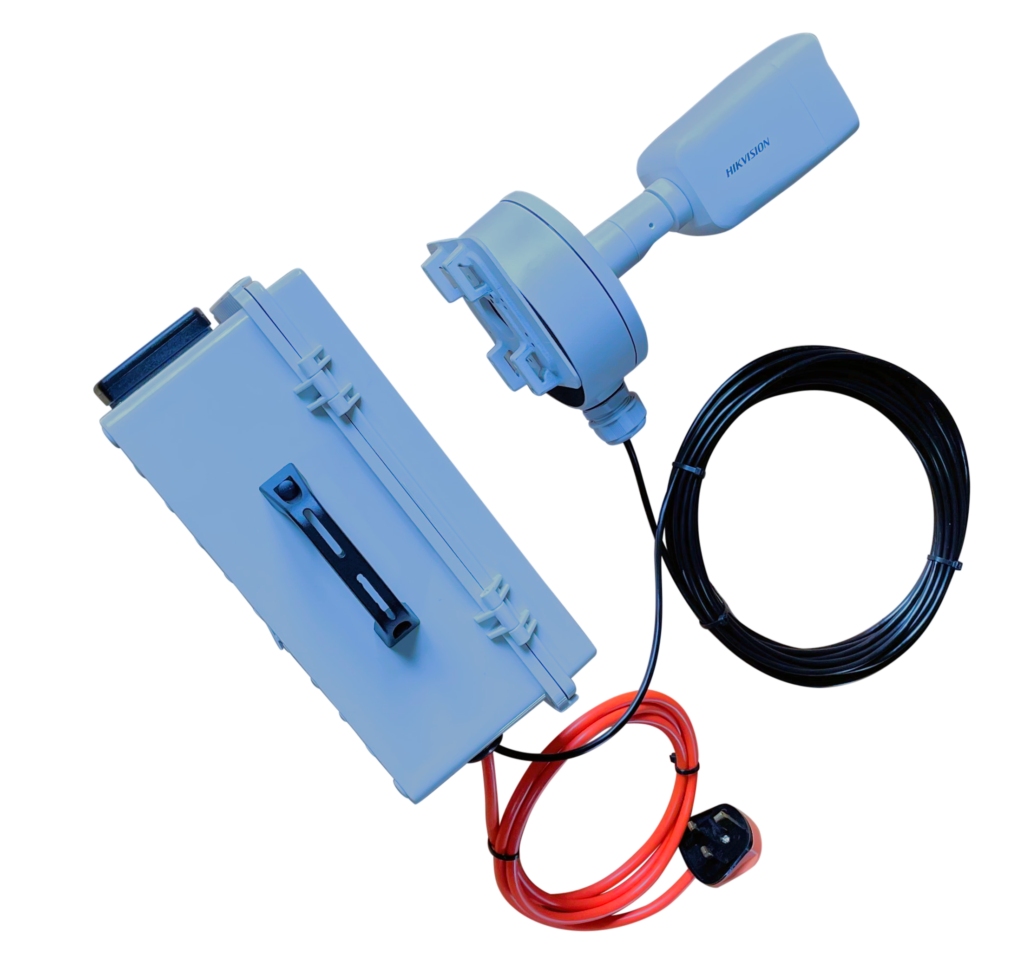

POWERED SYSTEM EXAMPLE SET UP
Before you opt for solar, check to see if there is any power available, it can be some distance from the cameras position.
SOLAR POWERED TIME-LAPSE CAMERA
THE KIT
- STEEL CABINET
- 12V BATTERY 80-90AH
- 100 - 150 WATT SOLAR PANEL
- SOLAR CHARGE CONTROLLER
- DC INPUT POE INJECTOR
- SOLAR CABLES
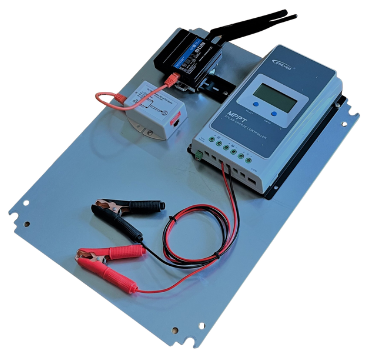
12V SOLAR TIME-LAPSE
THE SET UP
After the cabinet and solar panel is in place, next it’s onto the wiring up. In our pre-build we set up all the wiring within the battery cabinet. This includes wiring the time-lapse camera’s POE injector and cellular router to the solar charge controller. We also set up the battery cables into the solar charge controller. The only thing left you to do is connect the solar panel cables into the PV input terminals on the solar charge controller, this is something that has to be conducted last, and not something we can do in the pre-build.
12V SOLAR
CALCULATION
When we are specifying the solar kit, the 2 main parts being the battery and solar panel, we first need to work out the total power draw of the connected hardware. The 3 x components which draw power are the POE injector, which powers the cameras, the cellular 4G router and the time lapse cameras. The typical power draw for our 4K time lapse system is around 8 watts. Let’s see what that looks like on a solar calculator.
On the below example, you will see we have inputted 8 watts of system power for the solar powered time lapse camera, over 24 hours a day, equals 192Wh, which stands for watt-hours. You will also notice we have done the calculations on the worst case scenario. We are saying there is only 3 hours of sun per day, which is taking into consideration winter time, and we have over specified the system by 100%. The suggested battery size is 32-64ah (amp hours) and we use lead acid type batteries so we double the suggested 12v battery size. What does this give us: Solar Panel: 150 watts
Battery – 90ah
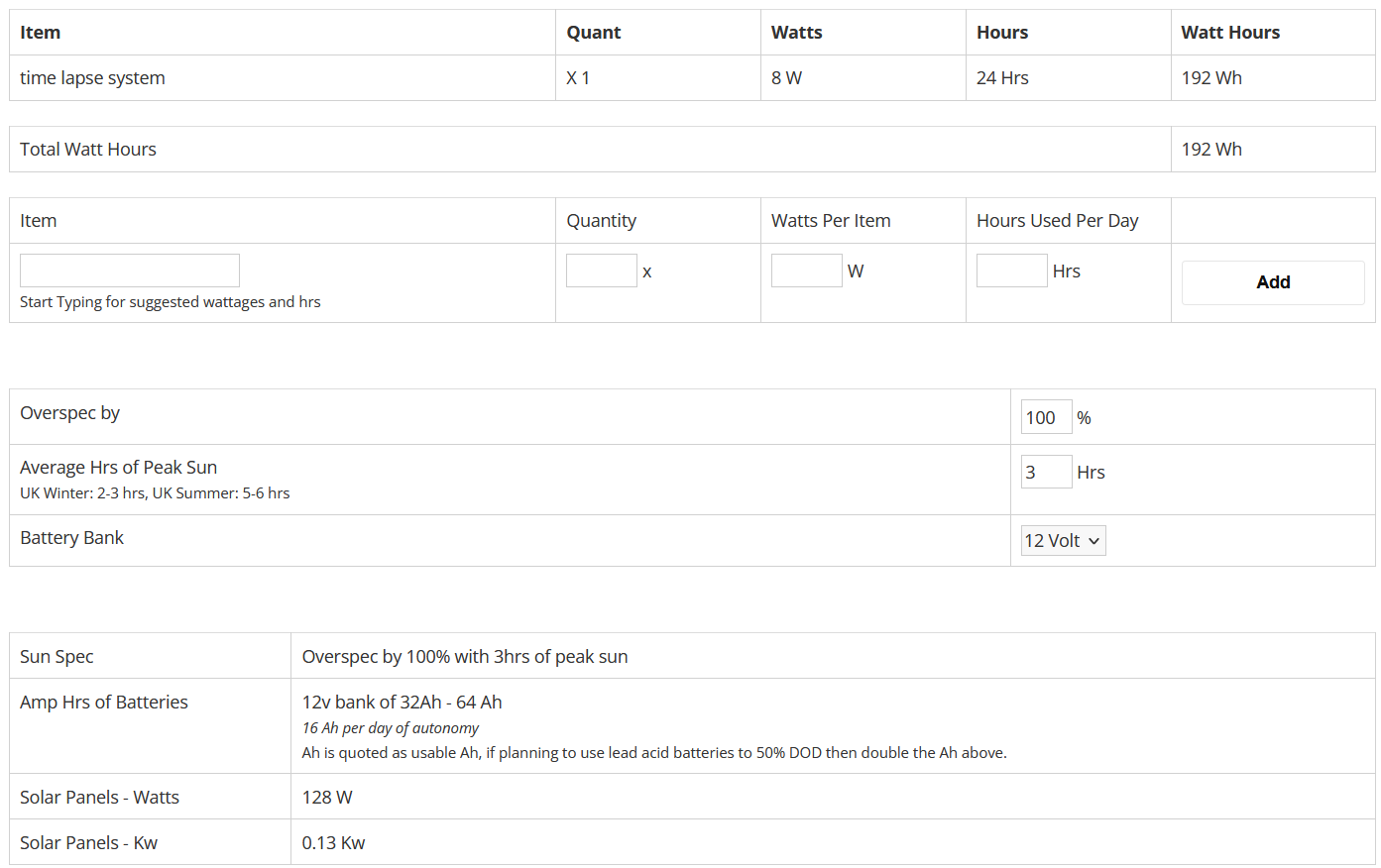
We calculate based on worst-case scenarios, considering winter conditions.
4K ULTRA HD
The camera is IP67 rated and handles the harshest of environments. Like all the time-lapse hardware we provide, the camera is pre-configured to send images to your cloud folder and remote web-portal as soon as it receives power. It’s also pre-configured to the high speed 4g router, this allows us to log in remotely, and help with any support requests like a change to the schedule.
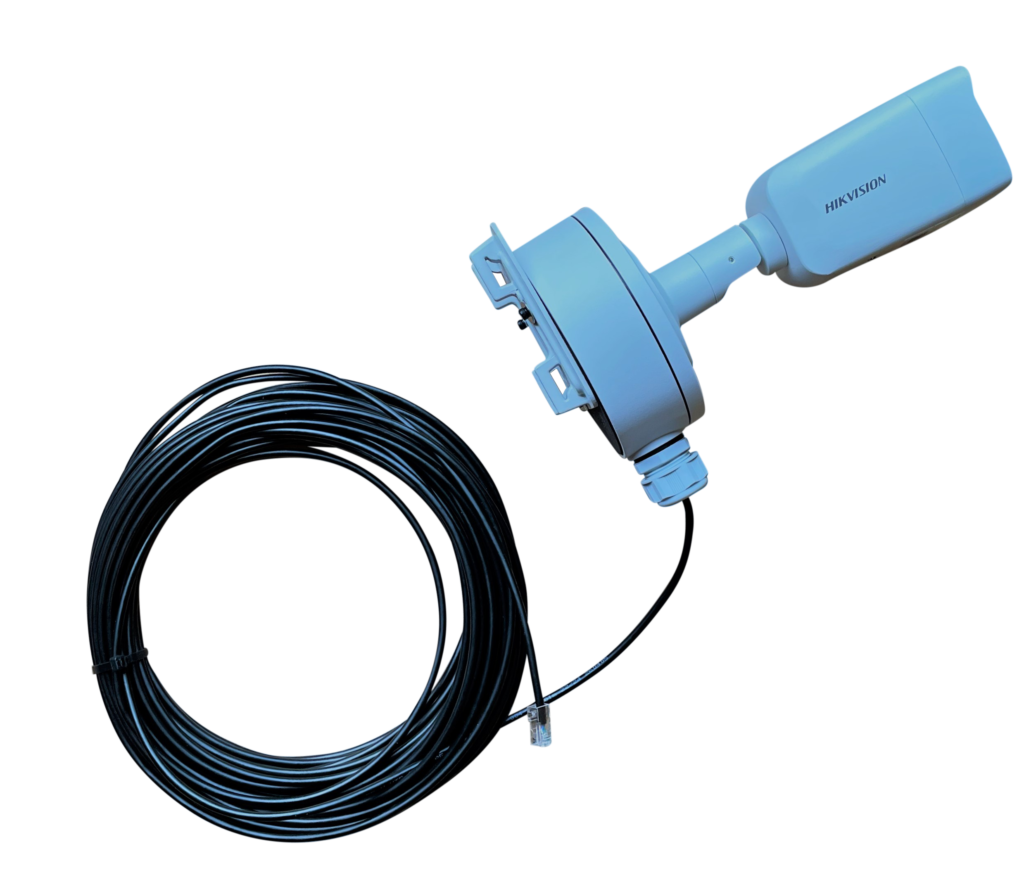
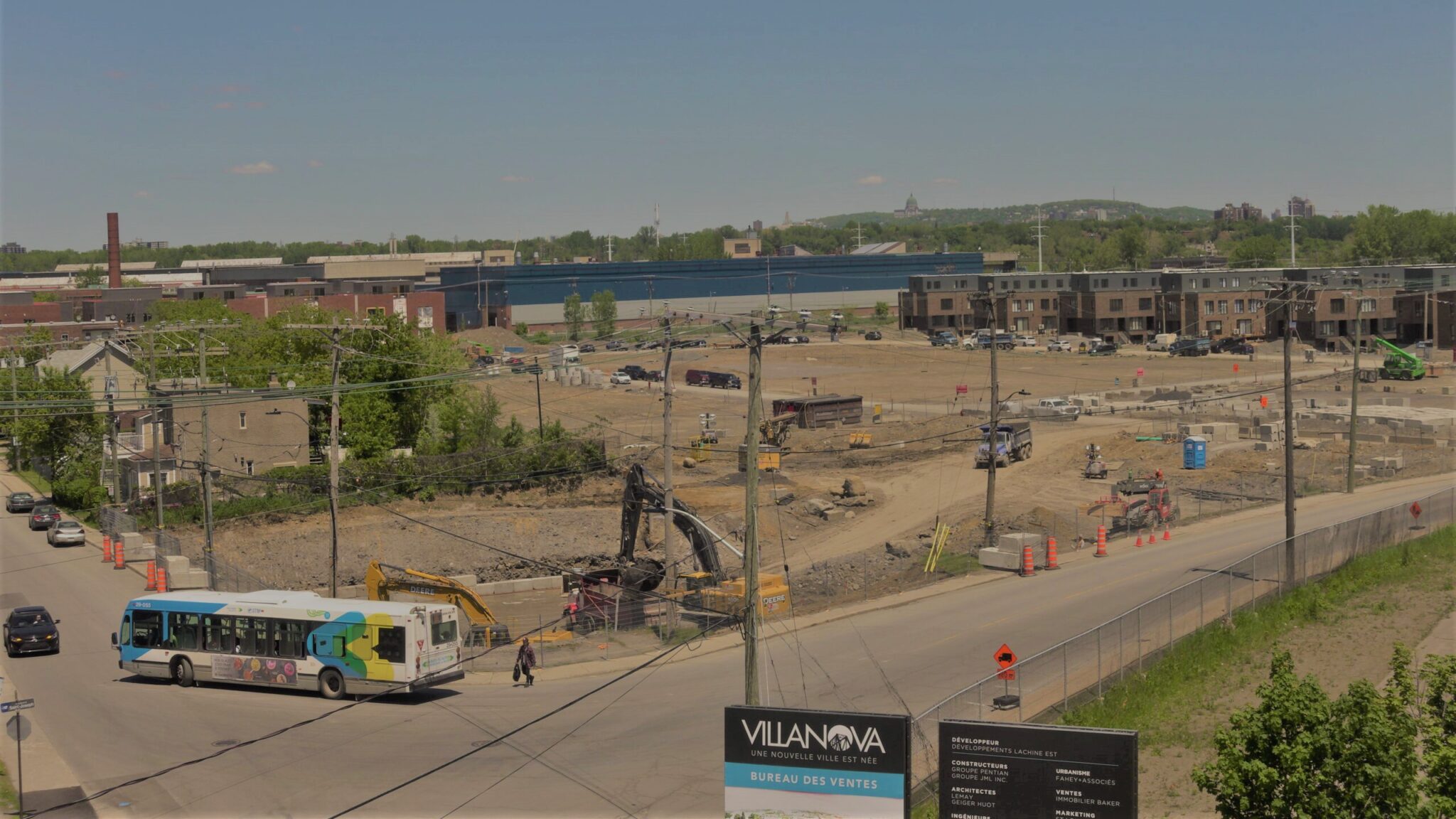
VILLANOVA
New build project in Canada. Burgess 12v solar time lapse system.
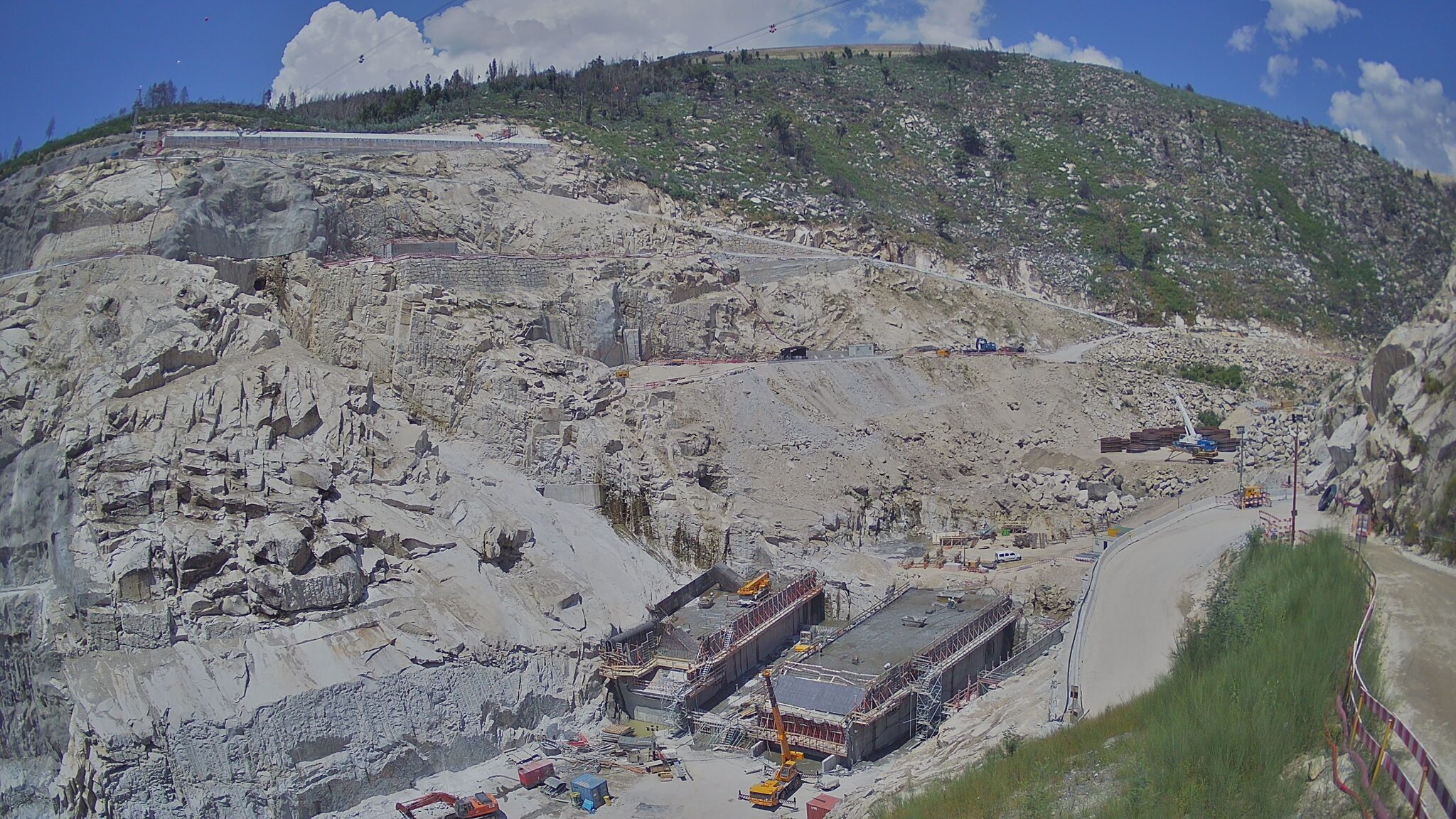
QUARRY PROJECT
Huge 10 x camera site in Portugal. Burgess 12v solar time lapse system.
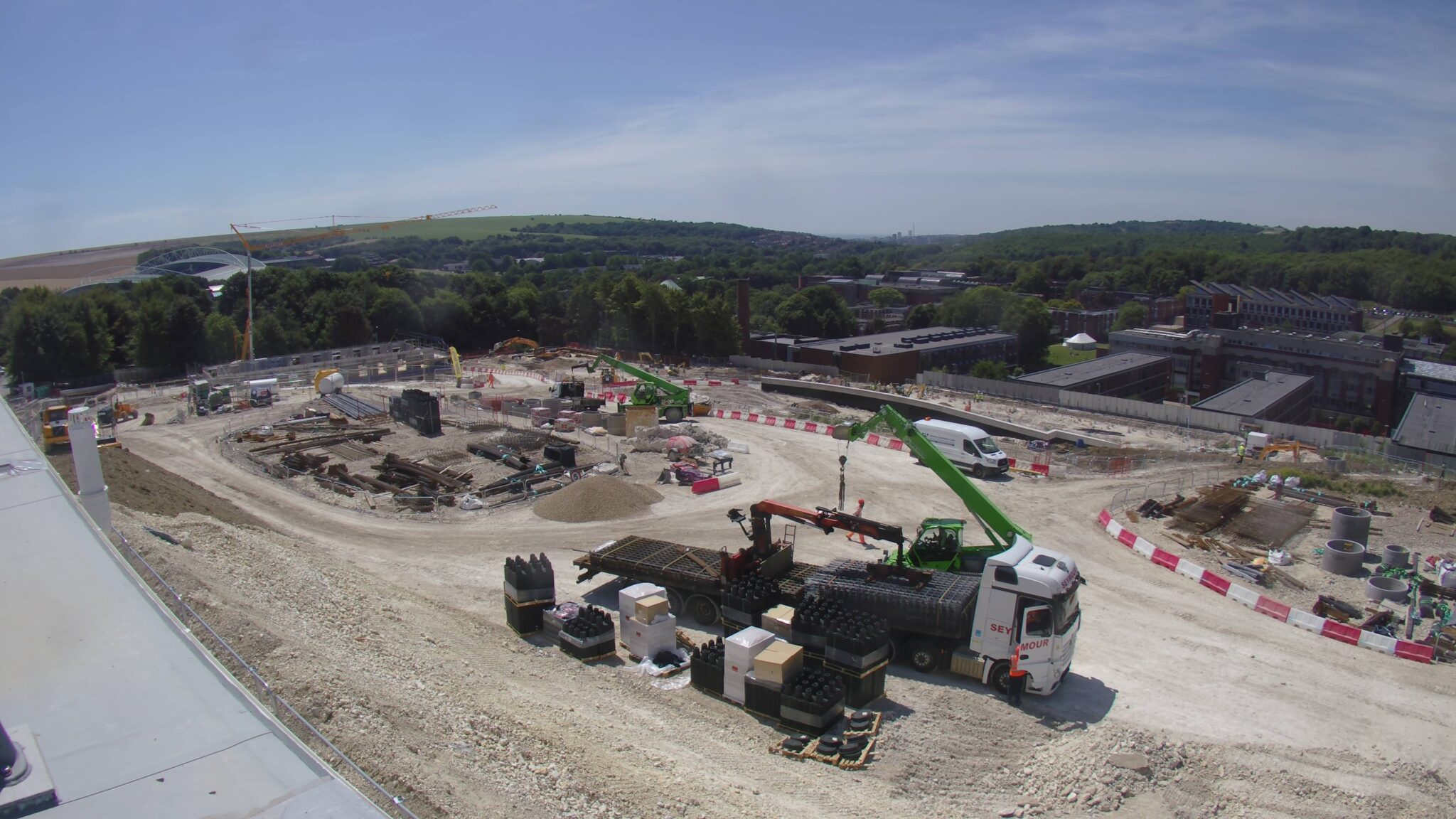
BALFOUR BEATTY
University build in London. No solar panels, 12v battery swap set up.
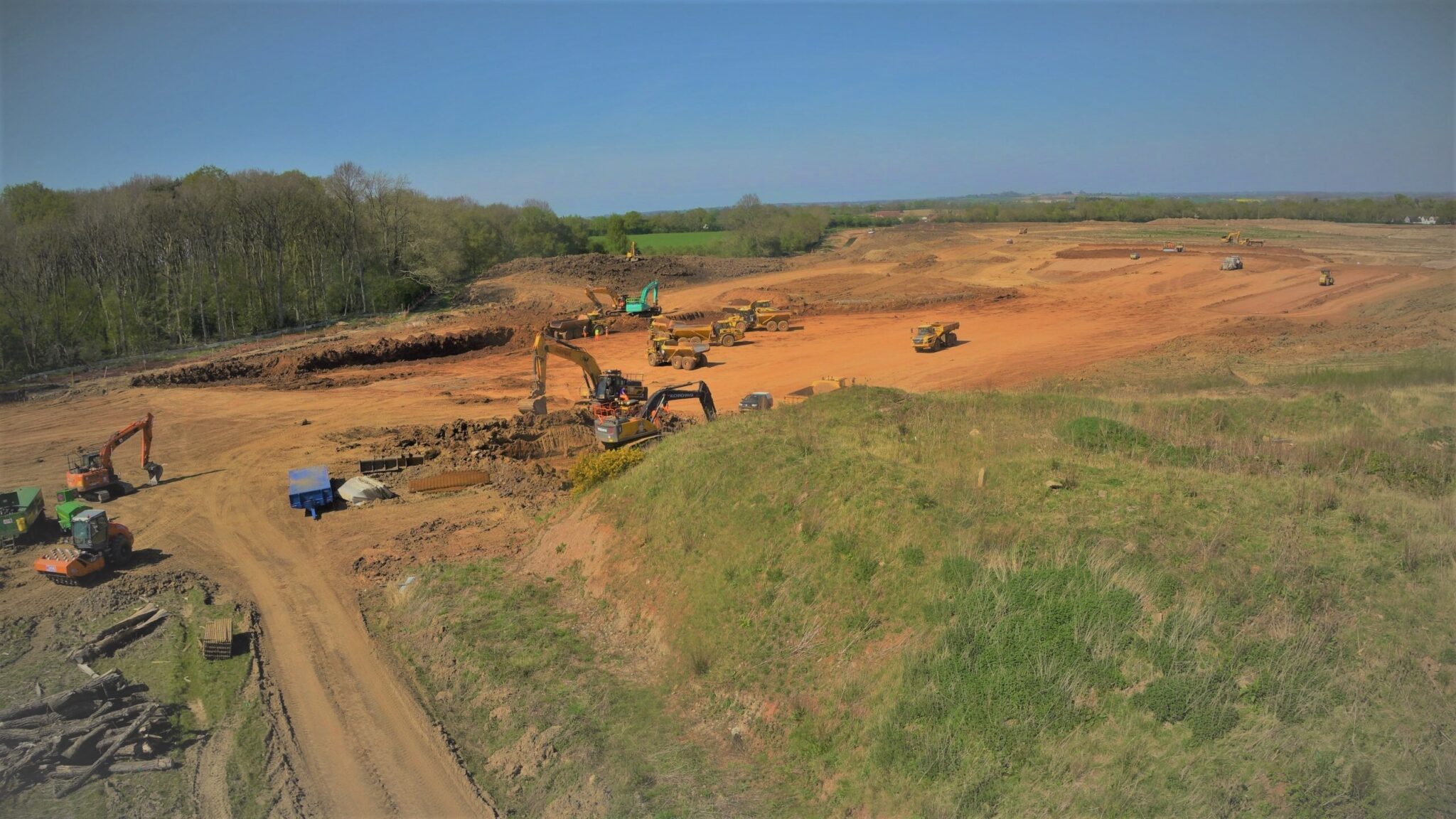
HORIBA MIRA
New build project in the UK. Burgess 12v solar time lapse system.
Feedback from our clients.
Fantastic service, great quality products and support. I cannot rate Paul and his team high enough for their professional services and expert knowledge.

